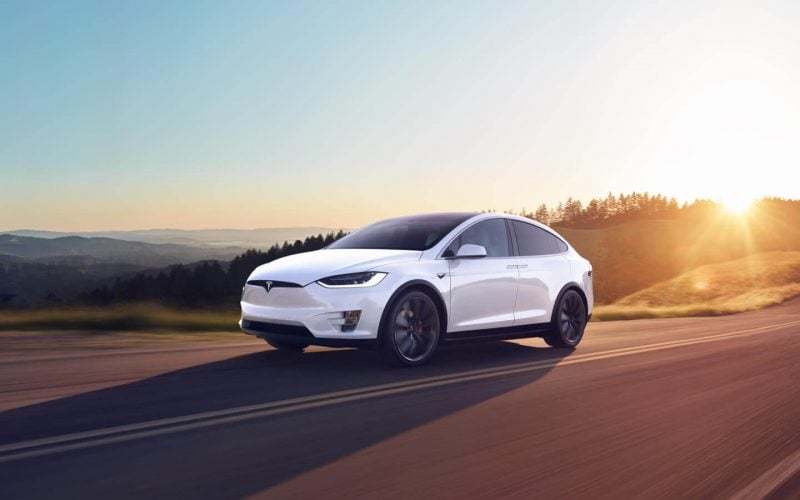
A recent article by Consumer Reports recently highlighted the difference between Tesla’s electric vehicles and against those of its competitors, showing just how far ahead Tesla is from the pack.
According to the article, Tesla’s massive lead in efficiency is due to a variety of factors which include more optimized aerodynamics, reduced weight, software optimizations, more efficient energy conversion chips, and more energy dense batteries.
One example CR cited was the silicon carbide chips used by Tesla for AC to DC energy conversion. According to Sam Abuelsamid, an automotive technology analyst with Navigant in Ann Arbor, Michigan, “They’re about 6 percent more efficient than the alternative silicon chips used by other EV manufacturers”
As a result of these energy efficiency optimizations, even if competitors utilize battery packs of similar capacity rating such as the Audi E-Tron’s 95-kWh battery (204 miles), it gets just 62% of the range against the Tesla Model X with its 100 kWh battery (328 miles). The Porsche Taycan with its 93-kWh battery (201 miles) gets just 46% of the range against the Tesla Model S with its 100 kWh battery (373 miles).
In CR’s testing, Tesla was able to match the EPA’s testing within “single-digit percentage points.” When testing the Tesla Model 3, CR was able to match the EPA’s 310-mile range as stated, but with Long Range mode enabled, which allows the Tesla Model 3 to run until the batteries are fully exhausted rather than just 90% exhausted, CR was able to get 350-miles out of the Tesla Model 3, a 13% improvement.
The Gear Primer Take
The recent article by CR continues to expose the fact that Tesla does indeed have a massive moat in terms of energy efficiency against its competitors and it continues to grow at a rapid rate. Up until now, there are still no electric vehicles on the market other than Tesla that provides more range then the 2012 Tesla Model S at 265 miles and it’s been 8 years since the release of that vehicle.
In the Q4 earnings slide deck, Tesla shared this slide which displays the Tesla Model Y AWD against its competitors in terms of efficiency. We can clearly see that just like the Tesla Model 3, the Tesla Model Y’s energy efficiency will be well ahead of any competitor by around 40% or more.
Tesla is very clearly well ahead of every other vehicle manufacturer in terms of energy efficiency and battery technology, and as competitors continue to enter the market with abysmal products, it has become more and more clear that despite their massive scale and R&D budgets, it just isn’t that easy to design and manufacture a great electric vehicle.
This post was last modified on February 23, 2020 1:44 pm
Whether you're a CrossFit enthusiast, a rucking adventurer, a high-intensity interval training (HIIT) devotee, or…
Introduction Credit scores are a crucial part of our financial lives, yet many people don't…
Earlier this week, T-Mobile and SpaceX jointly shared that they would be making an announcement…
Starlink Satellite Dish | Source: SpaceX In a recent Tweet sent out by SpaceX, wireless…
With the release of Tesla FSD (Full Self Driving) 10.69 Beta starting to roll out…
Tesla Powerwall Last year, Tesla launched a pilot of their VPP (Virtual Power Plant) where…
This website uses cookies.